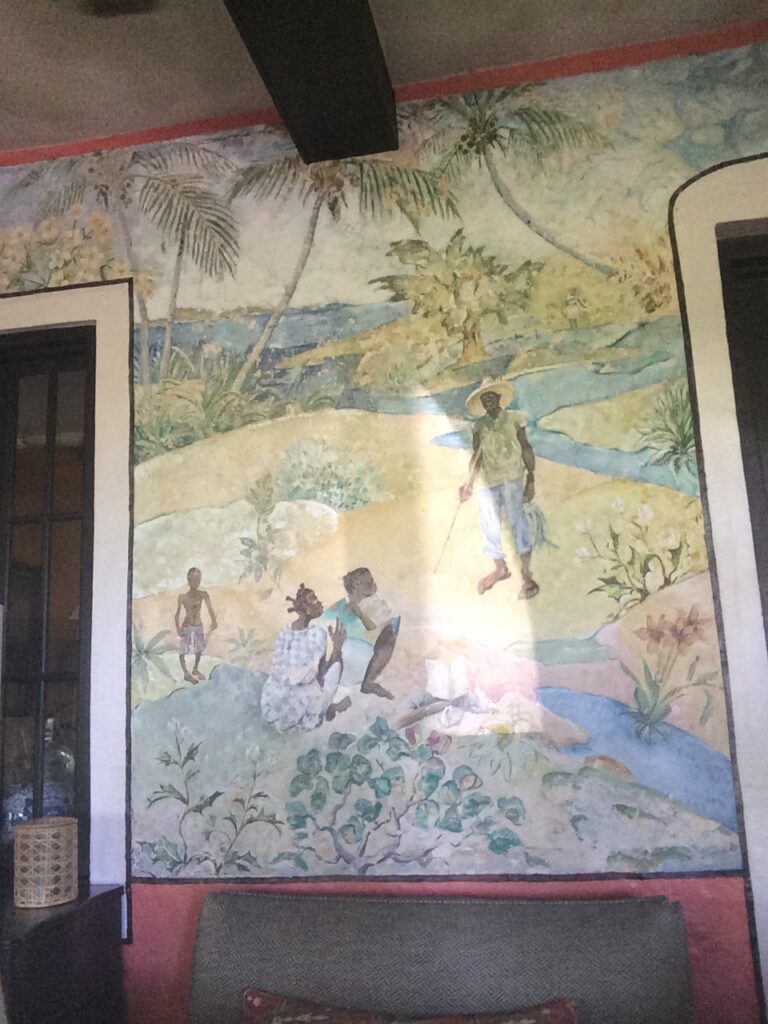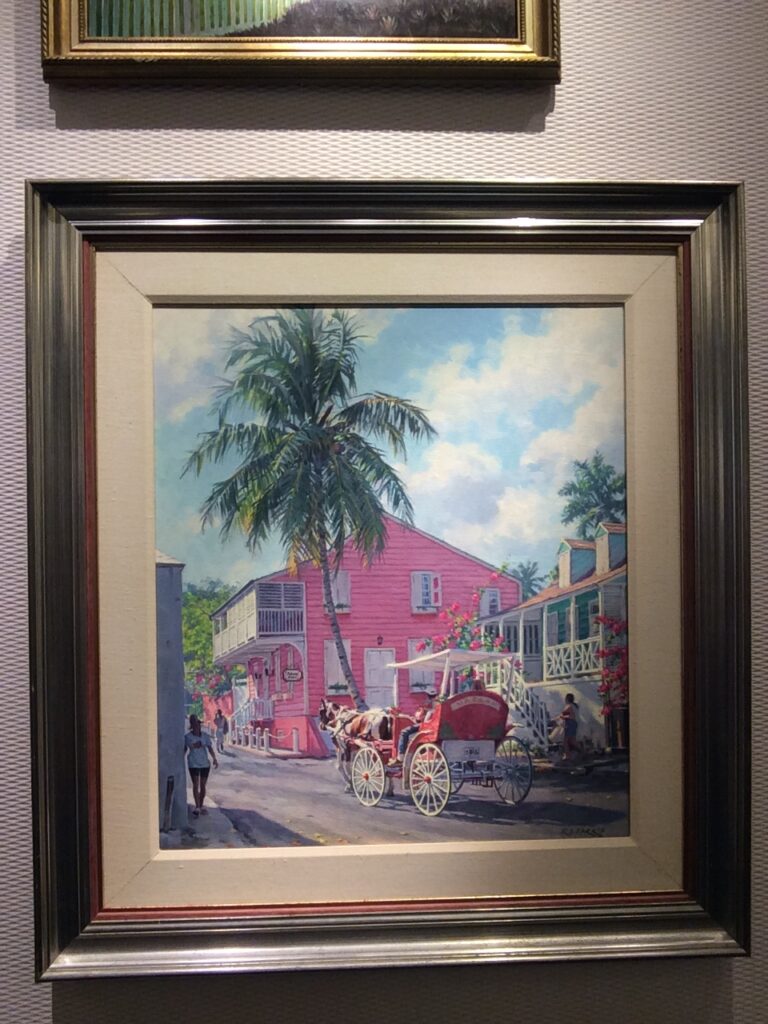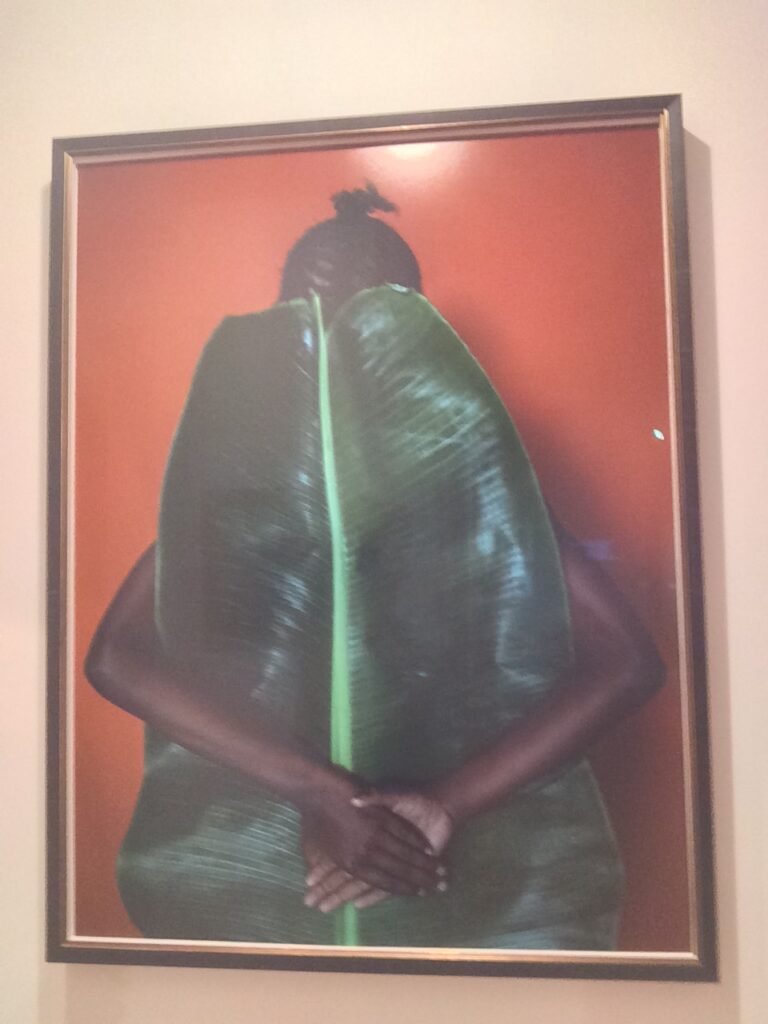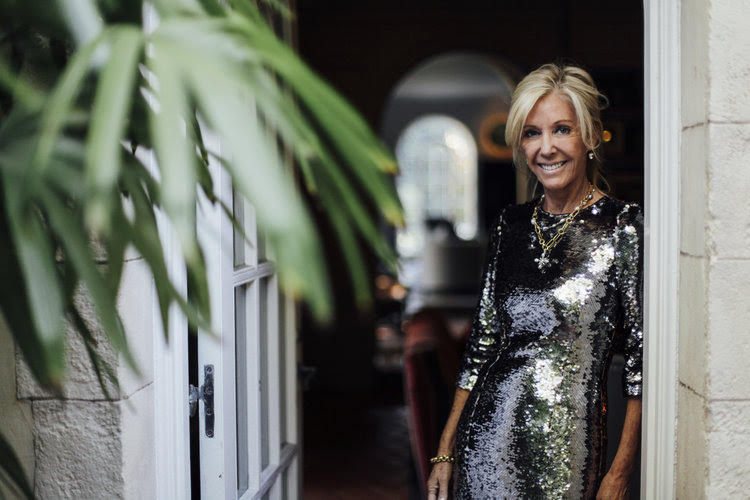The legacy of colonialism has left a truly international footprint on the islands – from Europe (including a Greek community spearheading the sponging industry in the 1880s), the Americas, both North and South, and more. From this mix of cultures the Bahamian people have proudly shaped their own distinct identity.
Parlaying this blend of multiculturalism into a cohesive art scene comes with its challenges, however.
Eager to meet this challenge, CAB (Contemporary Art Bahamas) was developed as a platform to promote Contemporary Bahamian art. With a roster of local artists such as John Cox, June Collie, Melissa Alcena, Cardo Knowles, Thierry Lamare, Max Taylor, CAB represents, essentially, the (nascent) cannon of Bahamian art.
Many (but not all) of the artists represent an older generation. The newer generation is flourishing, both in terms of visibility (mainly concentrated in Nassau) and ideas.
This engenders its own identity issues. What does it mean to be a Bahamian artist? What does it mean to be Bahamian? What is Bahamian art?
Most of the artists that we met at Studio Nine have primary jobs to support their artistic careers/development. One of the most memorable moments was artist Heino Schmid showing us an image he took from the ‘backyard’ of the city of Nassau juxtaposed to the Goliath development that is Atlantis. The mega structure was synonymous, to most Bahamians, with the opportunity of a job and financial stability.
The first hurdle, therefore, for the Bahamian art scene, is creating a space and platform where artists are encouraged to pursue a career in art and that alone – seeing it as an (economically) viable future. This, given real estate prices and cost of life generally in the Bahamas, is not easily accomplished.
Stability is not a prerequisite for the flourishing of art (many a well-respected artist died in abject poverty and, arguably, some of the best works in art history have been created in times of penury and suffering). The reality of at art market cannot be ignored, however. We trust that art and culture will continue to be actively encouraged, supported and developed by local projects and institutions, such as the ones listed above, aided by the very real spirit of entrepreneurship native Bahamians are starting to champion.
Bahamian identity is diverse, fascinating and not always easy to define. The sense of duality is evidenced literally in black and white; in poor and rich; in proactiveness and laissez-faire. Yet it is important to capture this very identity in order to determine the future trajectory of Bahamian art.
It is not enough to merely borrow conceptual ideas that are floating around the international art scene and to apply them.
In order to be a fully-fledged stakeholder in the international art scene, Bahamian art needs to embrace its own narrative and rich cultural roots, be these black, white, mixed race, rich or poor. Whatever that narrative, it needs to be uniquely and quintessentially Bahamian. This is something that the ‘cannon’ of Bahamian art has already started to develop. And, with an institutional backbone and a dedicated support system, Bahamian art has every opportunity to come into its own.






 Saving...
Saving...